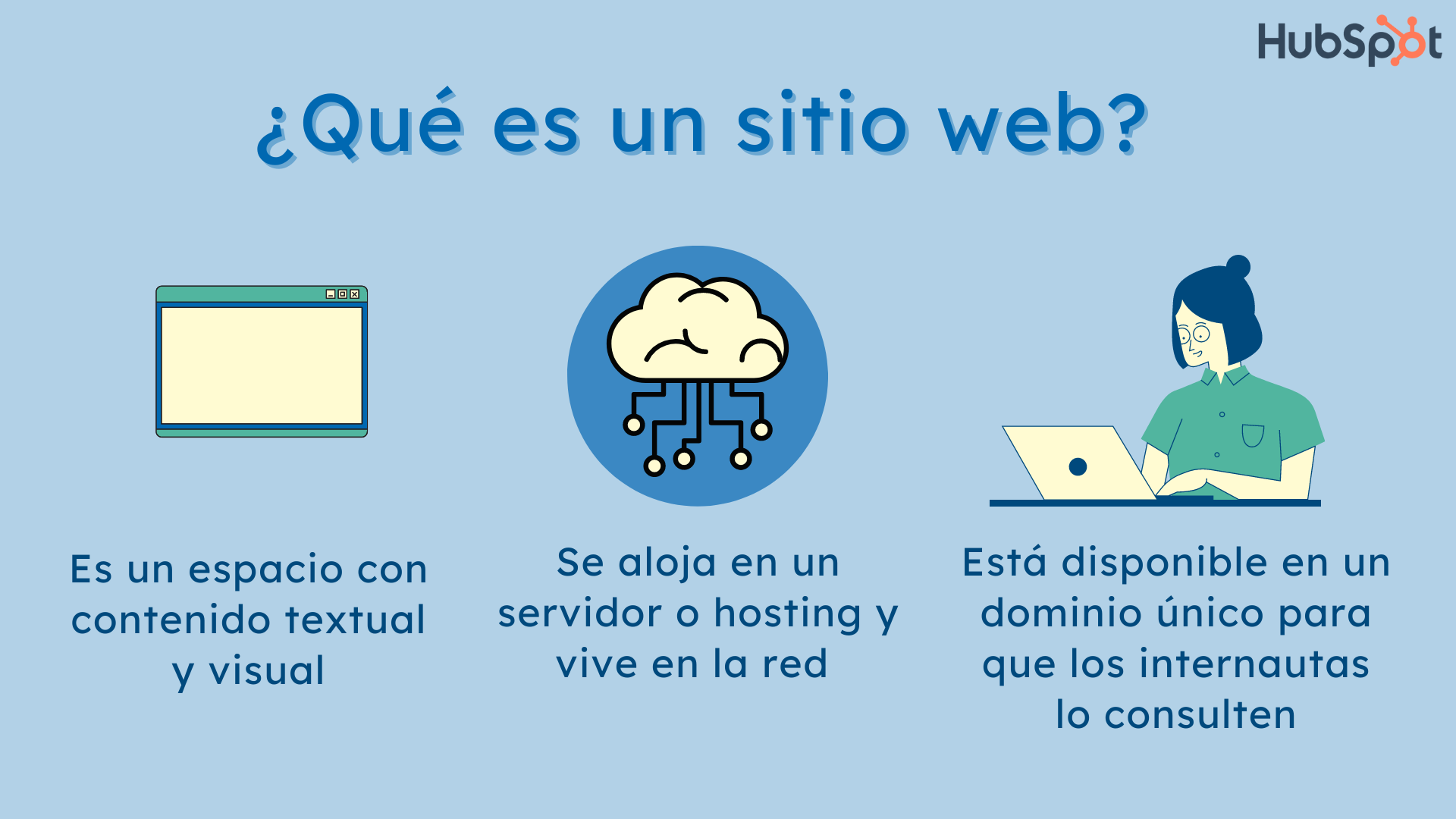Understanding ES Websites: A Comprehensive Guide To Enhancing Your Online Experience
Mar 19 2025
In the modern digital era, gaining insight into ES websites is essential for anyone aiming to master the intricacies of online platforms. These websites are meticulously crafted to elevate user experience and engagement, ensuring that visitors can effortlessly access the information they seek. As we delve into the realm of ES websites, we will explore their significance, distinctive features, and the ways they can revolutionize the online experience for users.
ES websites have become a cornerstone of the online ecosystem, blending user-focused design with cutting-edge technology. The term 'ES' denotes a specialized methodology in website development that prioritizes usability, accessibility, and streamlined functionality. This article will provide an in-depth examination of ES websites, offering insights into their design philosophies, advantages, and their prospective role in shaping the digital future.
As more enterprises and organizations realize the importance of a robust online presence, understanding the foundational aspects of ES websites becomes increasingly crucial. This article will serve as your guide through the essential elements of ES websites, equipping you with the knowledge to effectively harness these platforms. Whether you're a business owner, a developer, or a regular internet user, this detailed overview will furnish you with valuable information to enhance your online experience.
Read also:Unveiling Jesse Bradford The Actor His Career And His Height
Table of Contents
- What Defines an ES Website?
- Key Features of ES Websites
- Advantages of ES Websites
- Core Design Principles of ES Websites
- Real-World Case Studies of Successful ES Websites
- The Evolving Landscape of ES Websites
- Challenges in Developing ES Websites
- Summary and Key Takeaways
What Defines an ES Website?
An ES website is a platform that focuses on delivering an exceptional user experience by integrating advanced technology with intuitive design. Unlike conventional websites, ES websites emphasize user needs and preferences, leading to heightened engagement and satisfaction. Notable characteristics of ES websites include:
- User-focused design
- Adaptive layout
- Rapid loading times
- Effortless navigation
Key Features of ES Websites
ES websites boast a variety of features that distinguish them from traditional websites. Below are some standout features:
1. Responsive Design
Responsive design ensures that ES websites function flawlessly across multiple devices, including smartphones, tablets, and desktops. This adaptability is indispensable in today's mobile-centric environment.
2. Intuitive Navigation
ES websites are engineered with user navigation as a top priority. Clear menus, advanced search capabilities, and well-structured content enable users to locate information effortlessly.
3. Fast Loading Speed
Website loading speed is a critical determinant of user retention. ES websites employ sophisticated optimization techniques to ensure that pages load swiftly, reducing the likelihood of users abandoning the site.
4. Interactive Elements
Incorporating interactive components, such as chatbots and feedback forms, enhances user engagement and provides prompt assistance, thereby improving overall user satisfaction.
Read also:Kelly Preston A Timeless Hollywood Icon And Her Enduring Legacy
Advantages of ES Websites
Opting for ES websites offers numerous benefits. Below are some of the most significant advantages:
- Enhanced User Engagement: By placing user experience at the forefront, ES websites foster deeper levels of engagement and interaction.
- Higher Conversion Rates: A thoughtfully designed website can lead to increased conversion rates, transforming visitors into loyal customers.
- Stronger Brand Reputation: Organizations that invest in ES websites demonstrate a dedication to quality and user satisfaction, strengthening their brand image.
- Improved SEO Performance: User-friendly websites tend to perform better in search engine rankings, boosting visibility and driving more traffic.
Core Design Principles of ES Websites
The design of an ES website adheres to several fundamental principles that ensure it meets user expectations effectively:
1. Simplicity
Maintaining a simple and uncluttered design enables users to focus on content without distractions. This principle fosters a seamless browsing experience.
2. Consistency
Consistency in design elements, such as color schemes, typography, and layout, helps establish a cohesive brand identity and enhances user familiarity.
3. Accessibility
Designing with accessibility in mind ensures that all users, including those with disabilities, can navigate and utilize the website with ease.
4. Visual Hierarchy
Implementing visual hierarchy, such as contrasting colors and varied font sizes, directs users' attention to the most critical aspects of the website.
Real-World Case Studies of Successful ES Websites
Several organizations have successfully incorporated ES principles into their websites, resulting in remarkable improvements in user engagement and satisfaction. Here are a few examples:
- Example 1: Company X, a prominent e-commerce platform, witnessed a 30% increase in conversion rates after revamping their website to emphasize user experience.
- Example 2: Nonprofit Organization Y enhanced their donation page's user interface, leading to a 50% rise in donations within three months.
The Evolving Landscape of ES Websites
As technology continues to advance, the future of ES websites appears promising. Key trends to watch include:
- Increased Utilization of AI: AI-driven personalization will enhance user experiences by customizing content and recommendations based on individual preferences.
- Growing Emphasis on Sustainability: With environmental concerns on the rise, more websites will adopt eco-friendly practices in their design and hosting.
- Integration of Augmented Reality: AR can deliver immersive experiences, particularly in the retail and education sectors, further engaging users.
Challenges in Developing ES Websites
While ES websites offer numerous benefits, their development comes with its own set of challenges:
1. Balancing Aesthetics and Functionality
Finding the right equilibrium between an appealing design and functional usability can be challenging but is crucial for success.
2. Keeping Pace with Technological Advancements
Web technologies are constantly evolving, and staying abreast of these changes can be demanding for developers and businesses.
3. Ensuring Accessibility
Creating a website that is accessible to all users, including those with disabilities, requires meticulous planning and consideration.
4. Performance Optimization
Ongoing monitoring and optimization are necessary to sustain fast loading speeds and overall performance, which can be resource-intensive.
Summary and Key Takeaways
In summary, ES websites signify a substantial leap forward in web design and development, placing user experience and engagement at the forefront. By comprehending the features, advantages, and design principles of ES websites, businesses and individuals can effectively navigate the digital landscape. As we progress, embracing these principles will be essential for thriving in the online world. We encourage you to share your thoughts in the comments section and to explore additional articles on our site for further insights.
Call to Action
We invite you to share your feedback, disseminate this article with others, and explore the wealth of resources available on our website. Your participation helps us enhance and deliver valuable content to our audience!
Final Thoughts
Thank you for dedicating your time to read our in-depth guide on ES websites. We eagerly anticipate your return for more enlightening articles and resources tailored to enrich your online journey!


